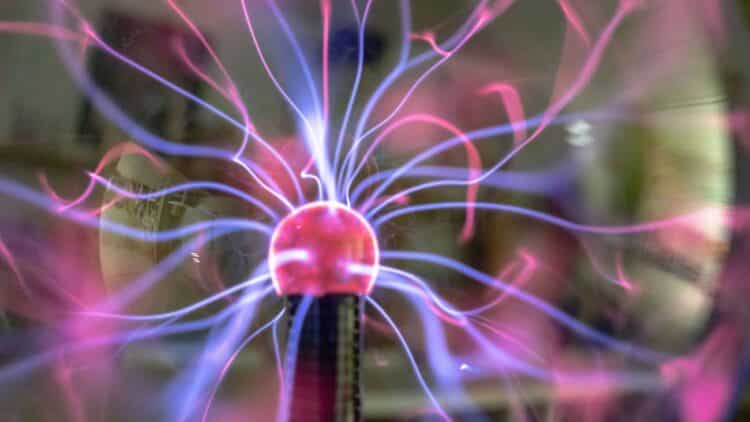China has made a historic announcement that could overtake NASA in the fierce competition for cutting-edge propulsion technologies. The South China Morning Post (SCMP) said that Chinese researchers have created a ground-breaking plasma-based engine that performs better than conventional electric and hydrogen propulsion systems. This invention has the potential to revolutionize space travel by enabling speedier and more effective long-distance missions, such as a trip to Mars.
The plasma engine breakthrough
The recently announced “high-thrust magnetic plasma thruster” is a significant development in the propulsion of spacecraft. The engine’s stable functioning at full power (100 kilowatts) is a crucial step towards useful deep-space applications, according to the Xi’an Aerospace Propulsion Institute. These engines are crucial to make space travel shorter for manned missions.
“The successful ignition this time marks that the technical level of our institute’s magnetic plasma engine has entered the forefront of the world,” Xi’an Aerospace Propulsion Institute. wrote in a social media post.
Major innovations of the design include the following:
- 3D-printed parts for long-lasting durability and precise engineering.
- Superconducting magnets at high temperatures, which increase efficiency and decrease energy loss
These developments could completely change how humans explore the solar system by making the engine suitable for long-duration deep space missions and interplanetary cargo delivery. Exploring beyond our galaxy is consistently a priority to scientists and space engineers worldwide. Developing new technology which could make this more accessible continues to be a goal for space agencies, adding to new global competition.
How China’s engine compares to U.S. and Russian technology
Russia, a direct competitor of China’s, recently demonstrated their own plasma engine prototype. The engine allegedly has the potential to reach Mars in less than two months, which is significantly faster than current propulsion techniques. Currently, the journey to get a manned mission to Mars is not necessarily a technological barrier but it limited due to the sheer amount of time it takes to get there, making t hard for manned missions.
China however is now directly competing with Russia thanks to its new engine, while the United States finds it difficult to keep up. The reason plasma thrusters are gaining so much attention is because they provide effective, long-lasting thrust by using electricity to ionize gas (such as argon or xenon) and release charged particles at very high speeds, in contrast to traditional rocket engines that depend on burning fuel.
Compared to chemical rockets, plasma propulsion has the following advantages: Higher efficiency; reduce mission expenses by using less gasoline, and constant acceleration, which makes far space travel faster. China may soon overtake both the United States and Russia in the next generation of space exploration if it keeps developing this technology which appears to be the future of space exploration.
Continued innovation for space travel
As technology keeps improving, so too does our ability and technological output to explore within and beyond the galaxy. Recently, new solar panel technology was added to the International Space Station. The International Space Station is powered entirely by solar panels. However, this type of photovoltaic technology is different to the types of solar panels which we see on Earth within private homes and cooperations.
The development of faster and more effective plasma engines by China and Russia has the potential to significantly alter the course of interplanetary travel in the future. If these developments continue, spacecraft powered by next-generation plasma engines developed by international space organizations may be the first humans to land on Mars, rather than NASA. China is a key competitor in terms of sophisticated technology development for space exploration as the race to deep space heats up.


